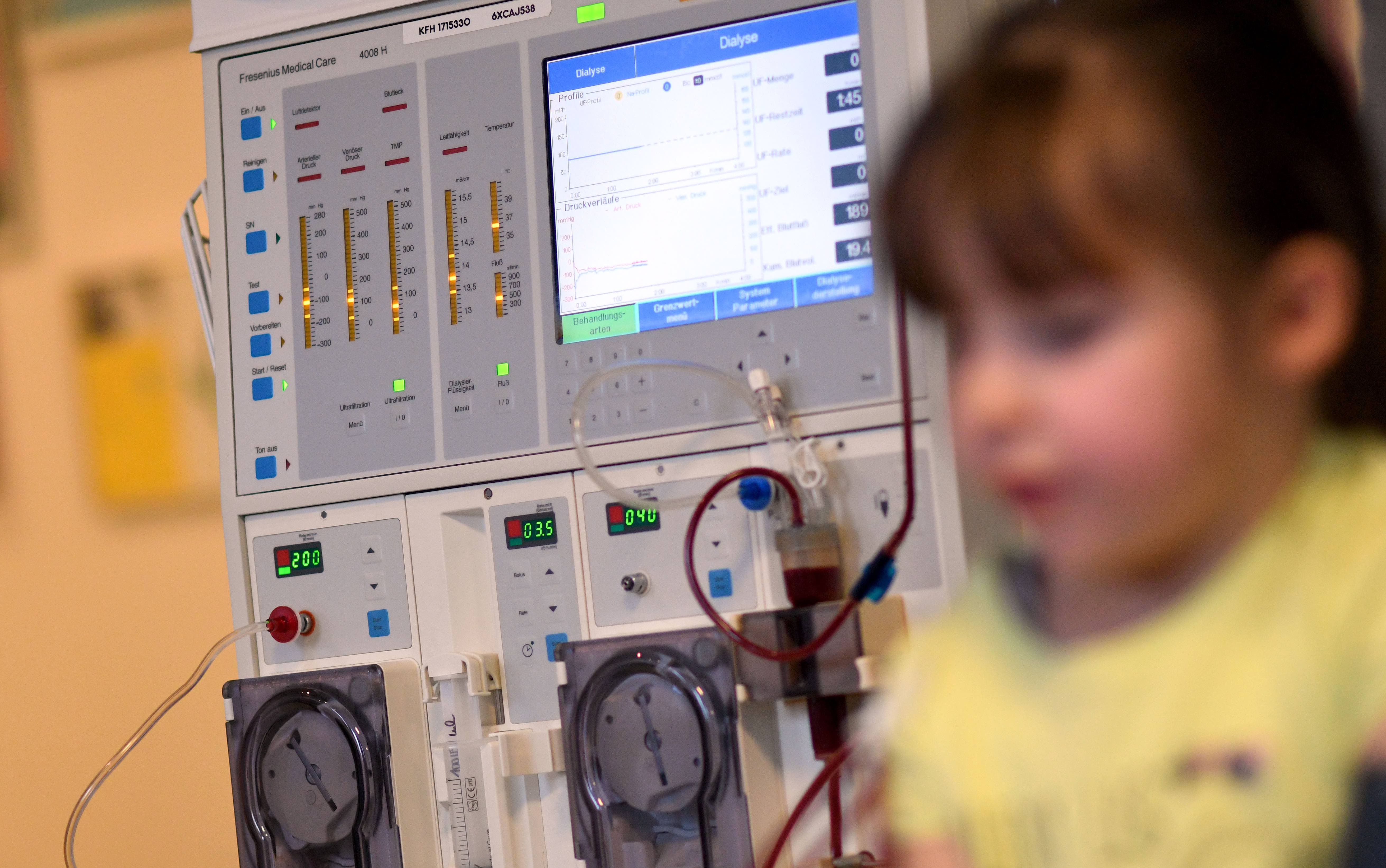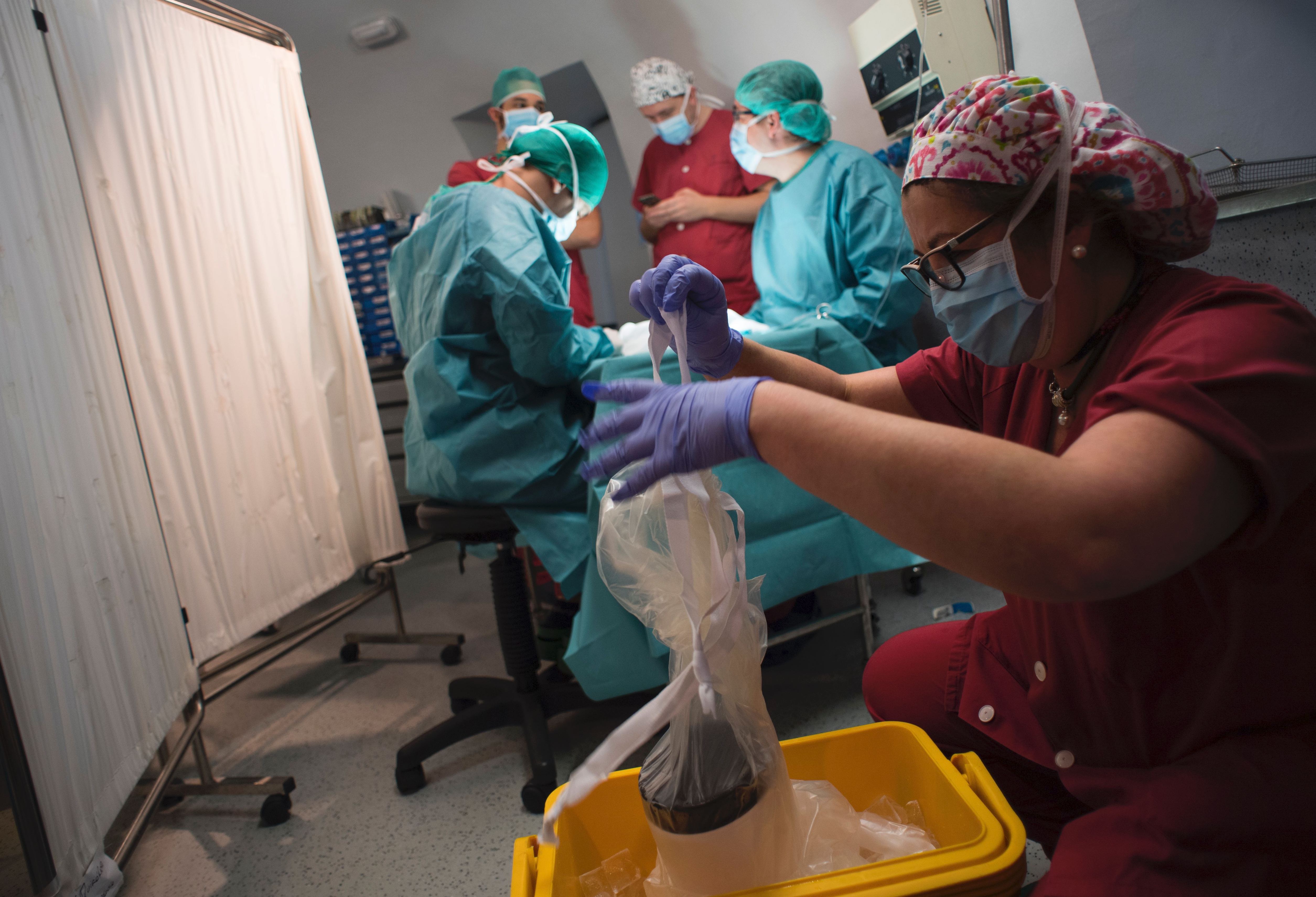
Health & Medicine
Bringing 3D imaging to kidney patients

The Global Kidney Exchange, which aims to expand the kidney donor pool, has been criticised as ‘organ trafficking’, but the counter argument is that it will save the lives of rich and poor patients alike
Published 31 October 2019
In the past decade or so, kidney swaps and kidney donor chains have become increasingly common, allowing more people to receive a kidney and enjoy a healthier life.
Dialysis, where an artificial kidney or dialyzer is used to filter and clean the blood, is the only alternative for patients whose kidneys have failed, but offers much lower quality of life.

According to The National Kidney Foundation, around 100,000 people in the United States are currently on a waiting list to receive a new kidney, but only 21,167 received one in 2018.
The same source says that in 2016, 726,331 people in the US suffered from kidney failure, and 500,000 of them received dialysis at least three times a week.
Here in Australia, with our much smaller population, the figures are still high.

Health & Medicine
Bringing 3D imaging to kidney patients
In 2014, close to 23,000 Australians were receiving dialysis or living with a kidney transplant to treat their kidney failure. The majority (more than 12,000) of these patients were on dialysis.
Even after the implementation of strategies aimed at increasing the number of transplants performed, many of the people in need of a kidney die before they can find a matching donor and receive a transplant.
Worldwide, deaths from kidney failure number in the millions.
In High-Income Countries (HICs), like the US and Australia, a shortage of available organs is the main reason why people are unable to obtain the matching kidney transplant they need in time.

In Low and Medium-Income Countries (LMICs), people die because they cannot afford kidney failure treatments – that includes both transplant and hemodialysis.
And this is where the Global Kidney Exchange (GKE) program comes in.
It aims to expand the donor pool by facilitating the exchange of kidneys between donor-recipient pairs in High-Income and Low and Medium-Income Countries – enabling more patients in HICs to find a match and more people in Low-Income countries to get a transplant they could otherwise not afford.

Politics & Society
Cell sell: The ethics of the transnational human tissue market
The GKE programme aims to save the lives of patients in LMICs while at the same time maximising the number of kidney transplants performed in HICs and so improving the quality of life of those patients.
In order to achieve these goals, the healthcare provider in the HIC pays for the LMIC recipient’s transplant and for the removal of the kidney from the LMIC donor.
The LMIC donor’s kidney goes, not to the LMIC recipient, but to an HIC patient with a matching blood type, and the paired donor of that patient donates a kidney either to the LMIC recipient, or to someone else who is part of a longer chain of donations that culminates with the LMIC recipient.
This still results in a substantial saving for the health care provider in the HIC, because GKE increases the number of transplants in HICs and thus means fewer patients on dialysis.

In the long run, dialysis is much more expensive than a kidney transplant.
The Global Kidney Exchange saves enough money that US insurers can afford to pay for the transplant of a poor foreign recipient and still come out ahead.
Broadly speaking, US insurers save about US$200,000 every time an American patient on dialysis receives a kidney transplant. And each GKE results in the transplant of about two Americans through paired donation chains.

Health & Medicine
The simple, ethical case for gene editing
So, each GKE results in savings for US insurers of about US$400,000, which would enable them to pay as much as US$200,000 to transplant a foreign recipient through GKE, and still wind up with a net gain of US$200,000.
Even though GKE looks very promising, it has received vehement criticism from some quarters. Given that the GKE programme could save a great number of lives, it is important to understand whether such criticisms are well-founded.
Our paper, published in the medical journal The Lancet, provides an ethical defence of the program.
GKE has been compared to organ selling, a practice considered immoral by many and illegal in most places. However, as nobody gets paid for giving up their kidney through the GKE programme, this comparison does not hold true.

All the donors involved in the program have independently made the decision to donate a kidney before joining GKE. What GKE does is to remove economic and logistical barriers that prevent participants from going through with the donation.
Similarly, it is incorrect to claim that GKE involves exploitation of people from LMICs.
This is because HICs don’t take advantage of a situation of economic disparity nor of the vulnerability of the pairs in LMICs. Indeed, HICs subsidise kidney transplants for patients who would otherwise die as a result of being too poor to afford the treatments and the therapies they need.

Politics & Society
Why are we so angry?
Critics of the program argue that the kidney donors involved are subject to coercion because of their economic needs.
But all people donating a kidney feel some pressure to do so, because they know that the survival of a loved one (or even a stranger) depends on their willingness to donate their kidney.
It’s true that in LMICs where dialysis is not available, death will be more imminent and the pressure to donate greater. But this is a difference in degree of pressure, not kind.
As in all cases of organ donation from a living donor, we need to make sure that the consent to the donation is valid — that is, freely given by a competent person who is informed of the risks and benefits of the intervention.

But this is very different from claiming that people from LMICs are coerced into entering the GKE program. They may be responding to the strong ethical reasons to donate – to save the life of their loved one.
Finally, one of the arguments against GKE is based on the claim that it involves commodification.
In all kidney exchanges, the donors are selected on the basis of their usefulness, and the exchange only takes place when all the recipients benefit from the exchange.

Health & Medicine
When women’s rights collide with doctors
GKE is no different in this respect.
The fact that a pair comes from a LMIC is not motivated by the desire to use their organs as commodities, but rather by concerns about the economic sustainability of the program; the GKE is only able to cover all expenses for the LMIC pairs if they can access relatively inexpensive post-operative care in their country of origin.
Objections to a program with the potential to save many lives have to meet a very high bar.
The arguments against the large-scale implementation of GKE don’t appear to be valid, let alone to outweigh the life-saving benefits of this project.
Banner: Getty Images